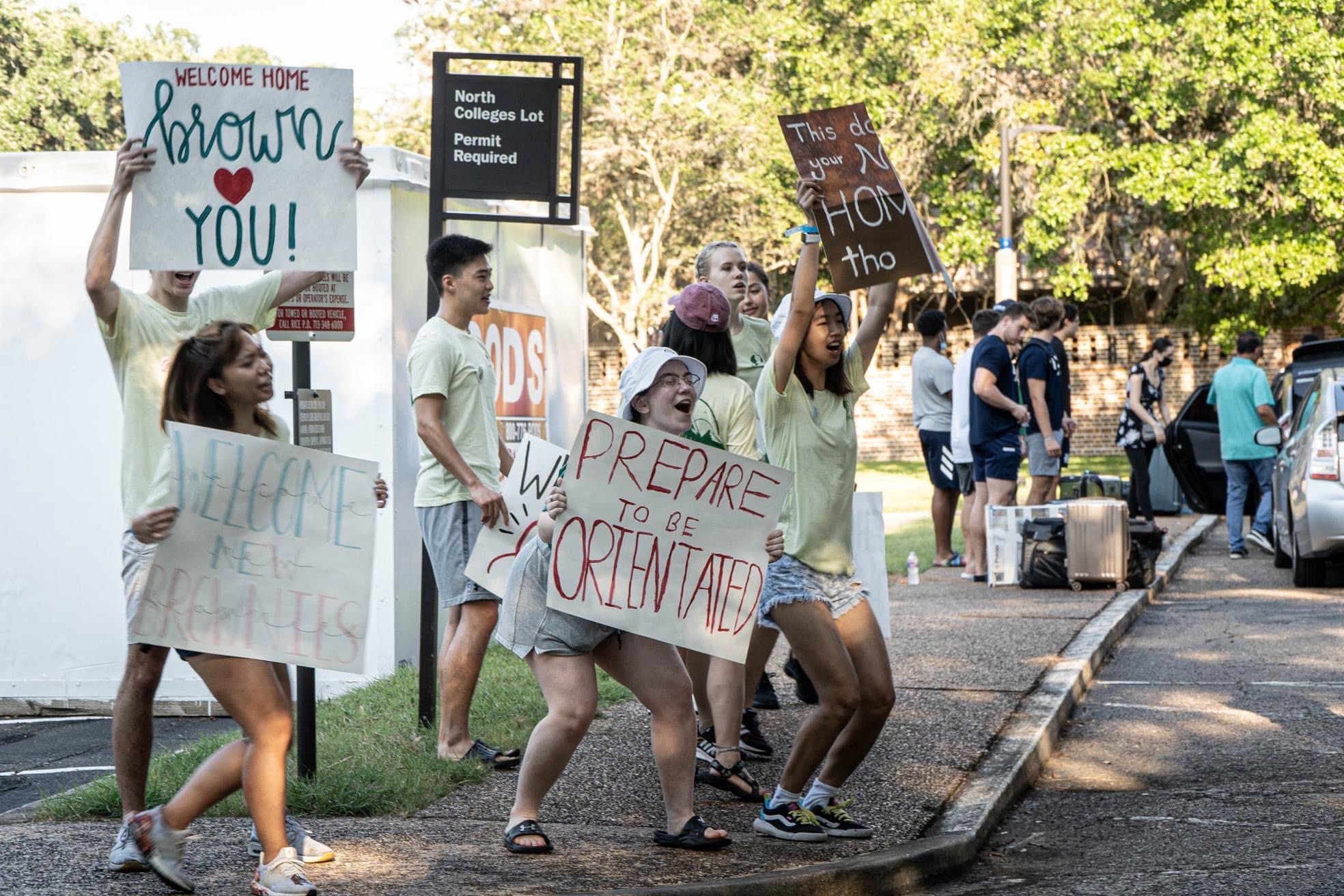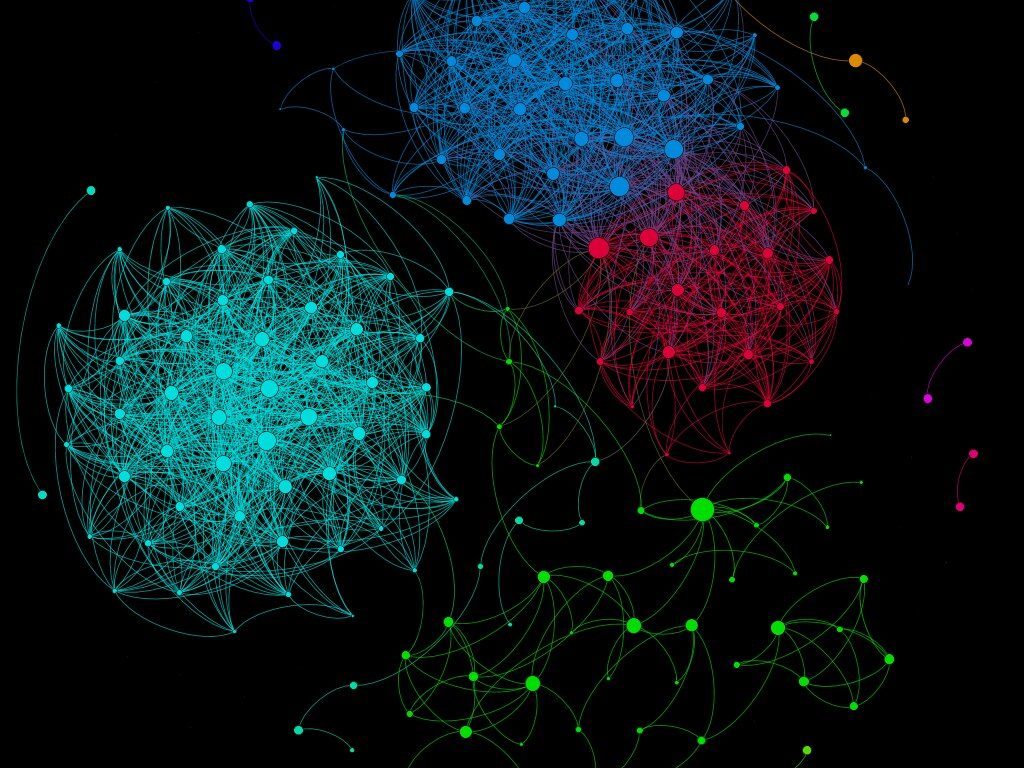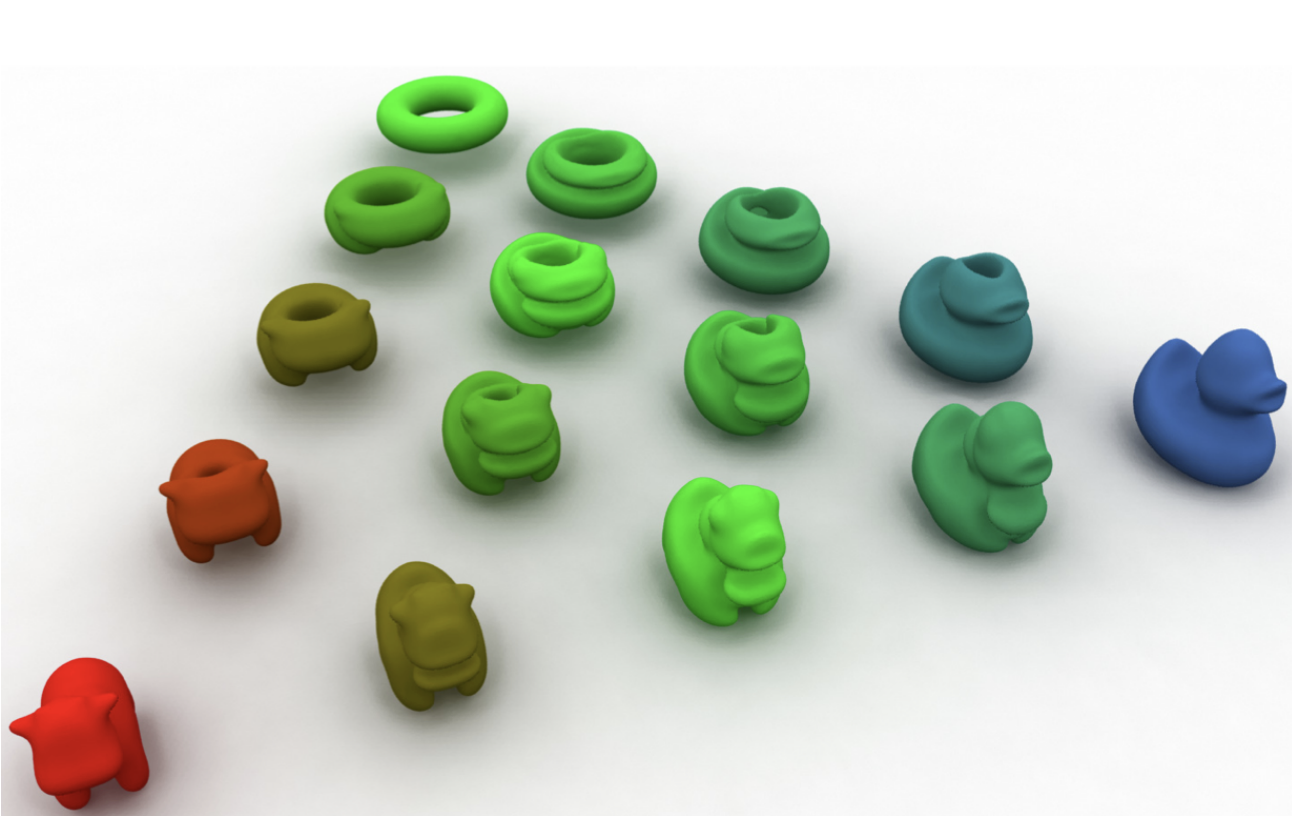welcome
This is a personal creative space of Kai Hung (me).
Over the years, I intend to share a variety of content on this website, including but not limited to:
- code and functionality of personal projects
- informal explanations of my current research topics
- reflections/tips in my professional career
- fun trips with friends!
- book recs
- random fascinations.
As a preview, there are a few topics I want to briefly comment on…
My views on Rice CS as a FGLI student
A lot of people reach out to me (often via Reddit) to ask me about my experience at Rice as a CS major.
Often, I find myself regurgitating the same responses, and I thought it be appropriately to hone in the details of my perspective and place it out in the open. I intend to curate a more complete article in my senior spring semester, but until then we will focus on “Rice CS as a FGLI student”.

First of all, what is FGLI? It stands for “first-generation, low-income” student, which is what I am. This is not a tag that students wear around campus, and it’s usually not a great conversation start. But it is who I am, and I am grateful for my parents’ sacrifices that led me to become the first to attend college.
Being a FGLI student at Rice CS has been a solid time since our curriculum does not assume students background. Rather, emphasis is placed on “problem-solving” for our introductory CS course taught by Dr. Scott Rixner. This approach is advantageous because there are concepts that student without coding background can grasp immediately, since everyone has some level of experience with solving difficult problems. I am an advocate for a lack of “honors” or “accelerated” CS sequence since it standardizes the knowledge base for students in their introductory sequences, before everyone specialization in their own paths (whether that be via courses, internships, extracurriculars, etc.) Icing on the cake is that I have never paid for my own textbook and managed to save a ton of money every summer thanks to Rice.
Often, I also receive questions such as “what makes CS at Rice standout or different?” Without a doubt, many of these came from desperate high school seniors trying to finish a “Why Rice?” essay with less than 30 minutes worth of research. But I was there once, so I will write a bit. Below are some of my highlights:
- Our proximity to the Texas Medical Center yield exciting intersections between CS and healthcare. A few examples include:
- computational biology (Lydia Kavraki, Todd Treangan)
- AI for health (Vicky Yao, Akane Sano, Scalable Health Lab)
- computational neuroscience and neuroengineering (Caleb Kemere, Xaq Pitkow)
- Rice’s small size + large endowment implies an abundance of opportunities and fundings per student:
- our countless REUs (Data Science, ECE, STAT, and SURF which is not department specific)
- an alternative to Fullbright for Rice students only
- full-year funded exchange program with Cambridge University in England!
- No doubt, most Rice applicants have heard that we are consistently ranked as the #1 happiest campus. There is a lot of truth to that ranking as Rice bolsters a collaborative, supportive community. For me, it was an exciting, accepting environment where intellectual conversations originate from the passion/quirkiness of our students. Not to say that there aren’t flaws, but I believe that there’s something for most folks.

If you consider yourself from a disadvantaged or under-represented background in any way, please reach out at kai.hung@rice.edu for anything! Together we can move the field and society forward, and there’s also no need to justify yourself. Just reach out!
My Research Interests
As alluded on the front page, I am broadly interested in AI/ML with a focus on computational optimal transport and graph representation learning. I am also open to any AI/ML problems with a math-driven criterion and/or connections to responsible, robust, and fair usage of said systems.

One can think of “graphs” as “networks”, although graphs are a more general mathematical construct to capture relationships. Networks are manifestations of graphs. There are examples of graphs everywhere such as your friend network on social media and the transmission network of COVID-19 within a community.
I am fascinated by graphs because they capture relationships and interactions betweens entities (mostly humans). Graph representation learning, then, is the study of finding appropriate latent representations (often in the form of matrices or vectors) of graphs for decision-making and inference by AI systems.
I believe advancements in graph representation learning can drive…
- A safer, less polarized online community by finding optimal connections between different groups
- Tracking of disease outbreak and high-vulnerability points in a complex, connected system
- Efficiency of multi-agent AI and distributed ML systems
- and much more.
What of computational optimal transport? To put simply, optimal transport (OT) is a field that studies natural geometries between probability distributions. With optimal transport, one can define distances and find interpolations between objects that cannot be compared easily via the Euclidean distance metric.

Above are results of Dr. Justin Solomon (MIT EECS) in applying OT to find interpolations between three objects: the red cow, blue duck, and the green donut. Here, it is shown that OT concepts may be applied to objects that are not restricted to metrics and probability measures.
I focus on applying OT concepts to graphs, thereby deriving new and interpretable graph representations. This is an exciting area supported by many before me, and I was lucky to have contributed to an exciting news lens of classical regression for graph prediction!
- H. Xu, J. Liu, et al. “Representing Graphs via Gromov-Wasserstein Factorization,” in IEEE Transactions on Pattern Analysis and Machine Intelligence, vol. 45, no. 1, pp. 999-1016, 1 Jan. 2023. Paper
- S. Chowdhury and F. Mémoli. “The Gromov–Wasserstein distance between networks and stable network invariants,” Information and Inference: A Journal of the IMA, Volume 8, Issue 4, December 2019, Pages 757–787. Paper
- A. Zalles, K. Hung, et al. “Network Regression with Wasserstein Distances,” in NeurIPS 2023 Workshop on Optimal Transport and Machine Learning, December 2023. Paper
For more on graphs, check out Harvard’s Graph Theory 101 article. And for more on optimal transport, feel free to browse around this site or read this book. In the future, I will publish regular pieces to discuss my current research for a general audience.